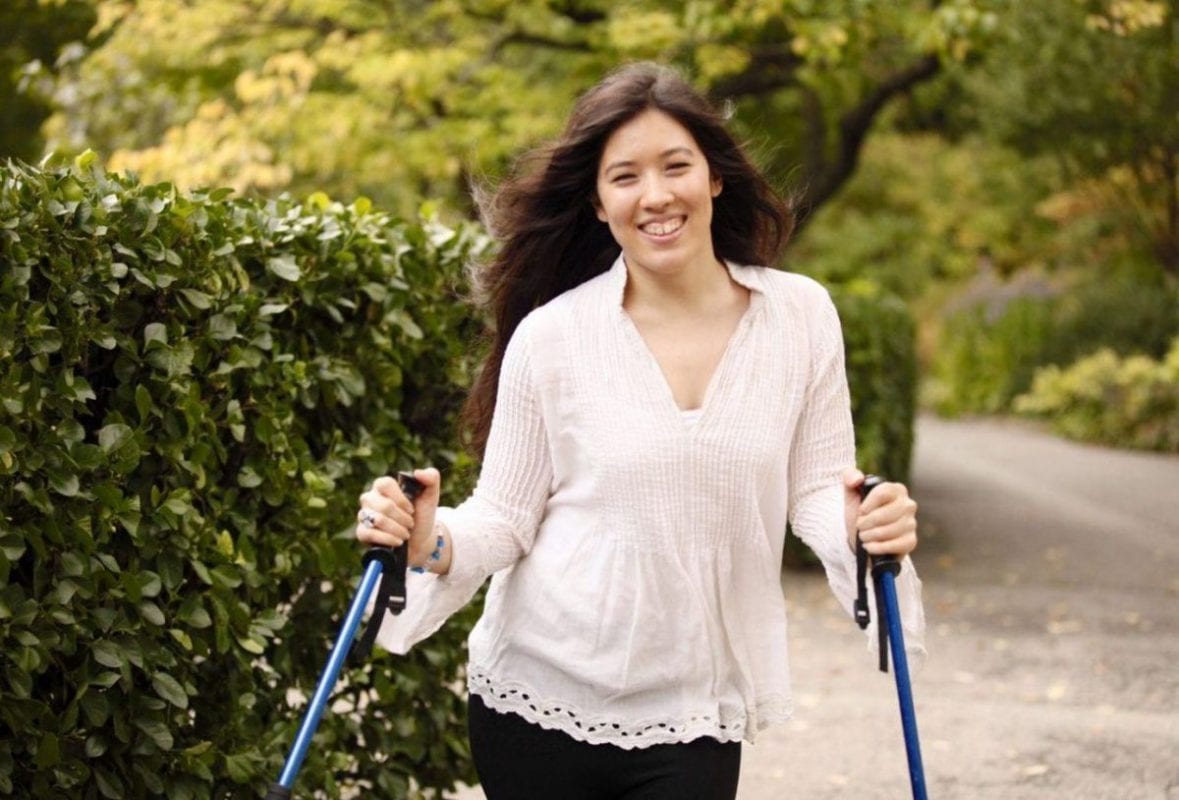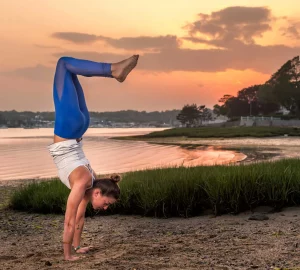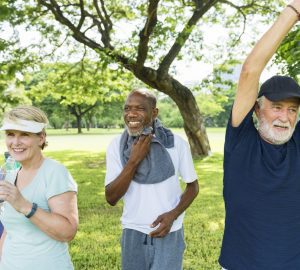Is a physical ailment, chronic condition, or intellectual disability preventing you from achieving your fitness goals? It’s not uncommon for people living with the burden of a disability to feel tired, weak, stressed out, and simply unmotivated to get out and exercise. The truth is, however, that exercise can have a powerfully positive effect on your physical and mental wellbeing that is unmatched by almost any other activity.
Benefits of Physical Activity
Unfortunately, people with physical disabilities specifically experience much higher rates of chronic diseases like obesity, hypertension, and diabetes, and that’s on top of the condition that caused their disability in the first place. The good news is that even with physical or mental limitations, exercise can help lower the risk of developing lifestyle disease. It also offers benefits like:
- Improving strength and flexibility
- Boosting balance, stamina, and coordination
- Combatting feelings of anxiety and depression
- Aiding joint swelling associated with arthritis
- Relieving chronic pain
- Promoting better moods and a sense of well-being
- Encouraging independence
Fitness Tips for People with Disabilities
Work from your seat
If mobility issues make it tough for you to stand or walk for long periods of time, consider all the fitness options that are available to you from your chair. Seated exercises like chair yoga, chair tai chi, even chair cardio regimens and weight lifting . . . sitting down doesn’t have to hold you back when it comes to staying physically active. Stream free chair exercise videos online on sites like Youtube.com or see if there are any chair-adapted fitness classes offered at your local gym.
Ask about adaptive equipment
It’s worth finding out what type of adaptive equipment is available at your local gym or fitness center. You might be surprised to find out that lots of weight and cardio machines can be adjusted to address the needs of a person who may not be able to stand or who has limited upper body strength. Upper body ergometers, or hand cycle machines, are naturally adaptive for someone in a wheelchair while other devices like cross cables and some weight machines can be too. Fitness facilities that really go the extra mile for their members with disabilities may also offer FES Bikes or VitaGlide machines.
Simplify travel
If lugging around your mobility aid or other assistive devices makes getting out of the house a bit of a hassle, look for easy ways to simplify the trip. For example, a collapsible walking cane that folds up to fit in your bag is easy to travel with and store in a gym locker. Or wheelchair accessories like attachable bags with pockets and cup holders can replace the need to bring along a separate gym bag.
Find a buddy
Research has shown that exercising with a partner offers you tons of extra benefits. Not only does it keep you more accountable to sticking with your workout routine, but having another person committing to fitness with you can actually reduce your own perception of the amount of effort you are putting in and make you work out harder. Plus, for people with disabilities, the emotional and physical support of another person can be especially meaningful (and buddies make great spotters!).
Think outside of the box
Is a stuffy gym with sweaty equipment not your idea of an ideal workout environment? No worries! There are lots of other ways for people with disabilities to get some exercise and have fun too. Adaptive bowling, chair volleyball with balloons, water aerobics with flotation devices, boxing, even simple resistance band or medicine ball work you do in the comfort of your own living room can all have a positive effect on your health and wellbeing.
Additional Thoughts
If you are a competitive athlete or simply looking to try something brand new, consider giving a new sport a try! Advancements in technology and design have resulted in the engineering of incredible pieces of adaptive equipment that make activities like skiing, horseback riding, surfing, rock climbing, surfing, golfing, and more possible for people with disabilities. Get inspired and earn more about adaptive sports here.









